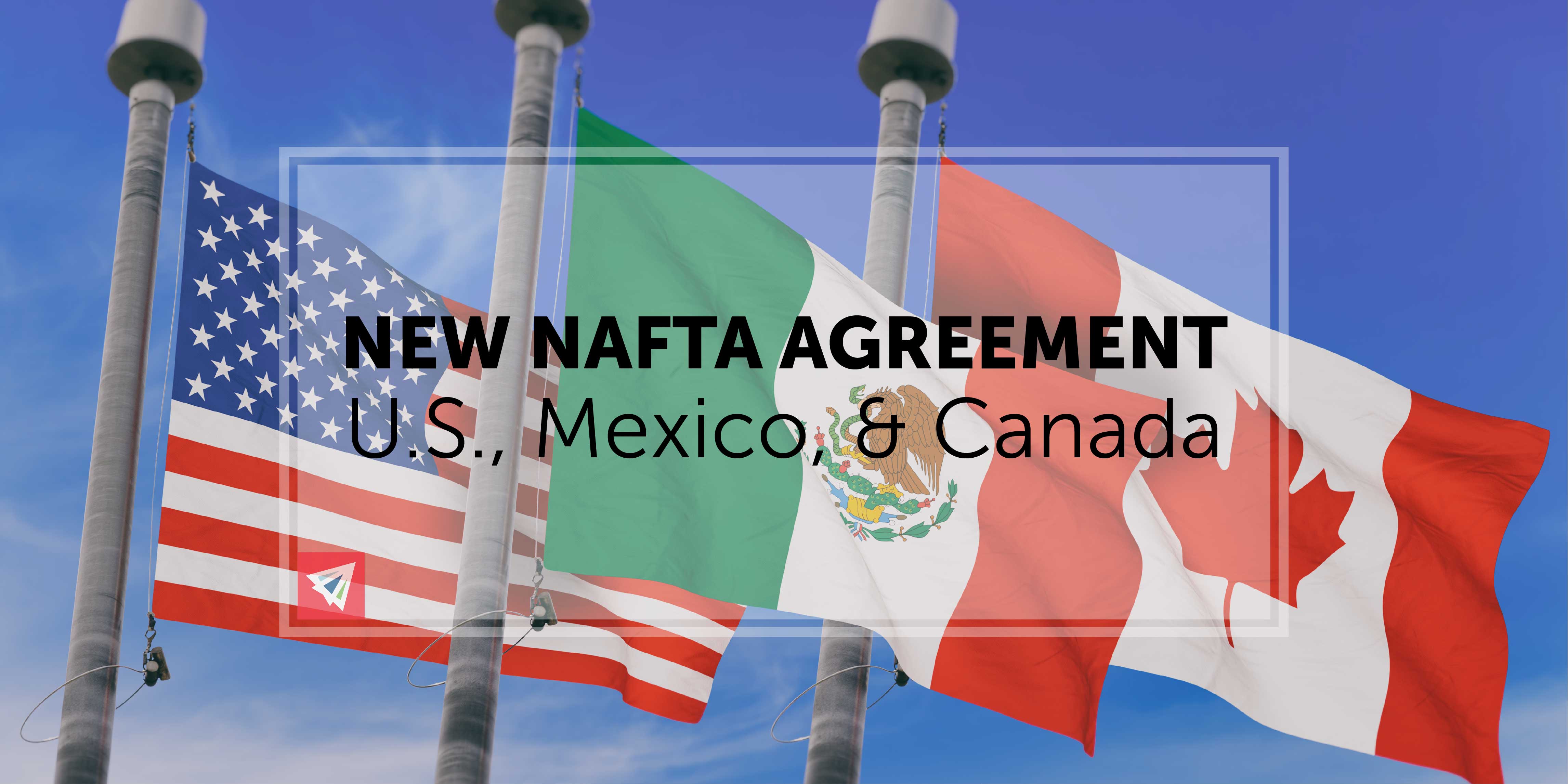On Sunday, September 30th, Trump announced a new revision to the trade agreements between the U.S., Canada, and Mexico – what was previously known as NAFTA. This North American Free Trade Agreement was signed and passed in 1994 and has been responsible for over $1.2 trillion of goods traded between the three major North American countries.
As we all know, the government operates quite slowly. Although Trump has proposed the new trade agreement with Canada and Mexico, most of the agreement won’t go into effect until 2020. This is due to the country legislatures, signatures, and all the desk-folders with coffee-rings those documents must pass through before making it back.
No More NAFTA
Part of the revision to the trade agreement was a new facelift on the name. No more NAFTA – the trade agreement will be called USMCA, aka, the United States-Mexico-Canada Agreement. Definitely doesn’t roll of the tongue as smooth as it’s predecessor, but that’s besides the point.
How Will USMCA Affect North American Trade?
Glad you asked! The new trade agreement actually will have quite the slew of trade implication on North America. Here are a few of the most note-worthy pieces of this agreement:
1) Automobiles
The USMCA is attempting to promote production of North American-based automobile parts. When the new agreement goes into effect in 2020, imports will only be eligible for zero tariffs if 75% of the automobile’s components were manufactured in the U.S., Mexico, or Canada. The current requirement is 62.5%.
Along with this, the new agreement is aiming to promote fair wages for automobile manufacturers and employees. In 2020, 30% of the North American-manufactured parts must be produced by employees making a minimum of $16 per hour. This proposes major financial implications on Mexico, who pays automobile manufacturer employees an average of $5.50 per hour.
By 2023, the above percentage will slowly creep to the 40% mark.
These new requirements will most likely cause automobile prices in North America to rise due to the added expenses. It is assumed that many small car manufacturers may go out of business as the regulations on international automobile trading and production cause expenditures to rise.
2) Milk
Canada has had a complicated, protective dairy production system for quite a while. To protect their own farmers and dairy producers, Canada has put a strong limit on how much dairy can be imported vs. produced domestically. They have also slapped high tariffs on dairy and milk imports to the country to help further regulate production.
Although Canada has decided to keep their complex system largely in place, the new USMCA agreement is giving a greater market share to U.S. dairy farmers.
3) Pharmaceuticals
The new USMCA rules are allowing U.S.-based pharmaceutical producers to sell their drugs in Canada with a 10-year protection window against generic brands. In other words, a U.S. company who develops a new “name-brand” drug can sell it to Canada with a 10-year patent protection on their chemical composition. Thus, no generic pharmaceutical companies may enter the market with a competing, chemically-identical product until the 10-year window is finished.
4) Steel Tariffs
One of the most debated topics during the USMCA meeting was the steel tariffs that Trump has imposed on U.S. imports. Unfortunately, for Canada and Mexico, the tariffs are remaining largely untouched during the first round of USMCA implementation. The White House has announced that discussion surrounding these matters are continuing, but are on a completely separate track from the USMCA agreements.
